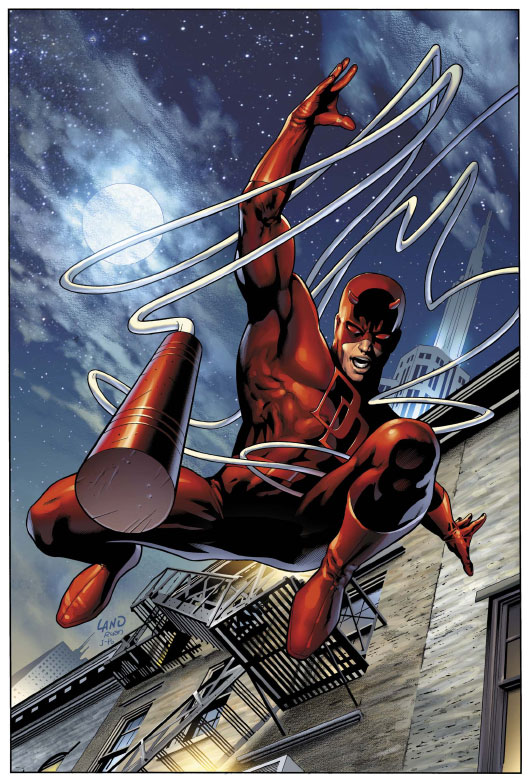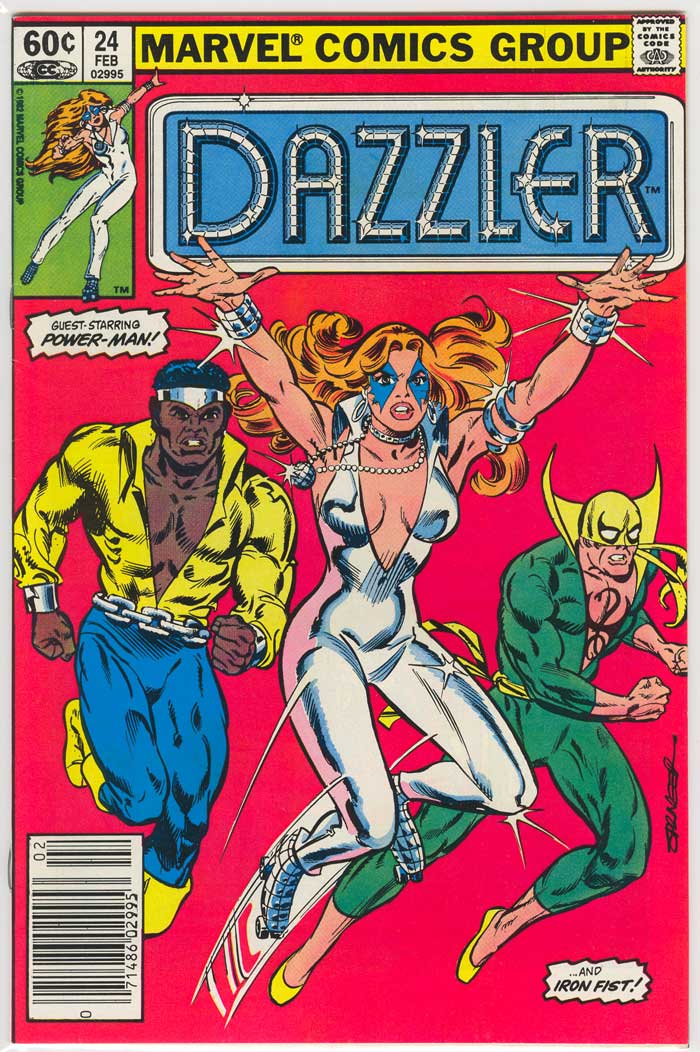 A lot of people today know at least something about Anime. Some may refer to it as Japanese Animation, while others may say that they're cartoons that look a lot better than American toons. Well, both of those appear to be correct if you ask the majority of Anime fans out there. Anime has been around for a long time and it is definitely blossoming everywhere across the world. Since this has been in effect, Anime on the internet has been expanding as well.
A lot of people today know at least something about Anime. Some may refer to it as Japanese Animation, while others may say that they're cartoons that look a lot better than American toons. Well, both of those appear to be correct if you ask the majority of Anime fans out there. Anime has been around for a long time and it is definitely blossoming everywhere across the world. Since this has been in effect, Anime on the internet has been expanding as well.According to the Internet age early in the 1990s, Anime was slowly approaching to its fans diversely across the web. Different websites were made to display different Anime series by giving the visitors content to come back for. Around this time, Anime fans were more into searching for their favorite Anime series and finding media such as images and screenshots from the specific shows that they watched and enjoyed. Inspired by Japanese Animation, these fans were verily into drawing their own Anime pictures. When this trend vastly became popular, fans began to submit their Anime fan art to websites, so that others can view their work. This, however, was only its starting point as Anime started to reach out to thousands of people.
After 1995, amassed Anime shows from Japan had entered the television networks of America. Popularly known cable television channels such as Sci-Fi, Cartoon Network's Toonami, WB, and FOX took part in this new revolution and millions of Anime fans started to watch their very own Anime programs! Primarily, these television networks aired shows such as the popular Dragon Ball Z, Sailor Moon, and Gundam Wing. But as the numbers watching Anime in the nation grew to a certain point, even more shows were available to the fans. Once again, it all came back to the Internet as an evolved form.
 Movie clips and other multimedia became broadly accessible to the public now. Fans started downloading countless of video clips based on their favorite Anime series. Soundtracks and albums were also out, along with DVDs that can be purchased online and in stores everywhere. This "age" of Anime content on the web lasted quite a few good years until, of course, the modern days of Anime kicked in. This period of time is what I refer to as "Unlimited Anime", meaning that there is basically no limit to what sources have to offer in the field of Japanese Animation.
Movie clips and other multimedia became broadly accessible to the public now. Fans started downloading countless of video clips based on their favorite Anime series. Soundtracks and albums were also out, along with DVDs that can be purchased online and in stores everywhere. This "age" of Anime content on the web lasted quite a few good years until, of course, the modern days of Anime kicked in. This period of time is what I refer to as "Unlimited Anime", meaning that there is basically no limit to what sources have to offer in the field of Japanese Animation.
Finally it happened. Fans can now download full episodes of numerous Anime series, with no strings attached. But this doesn't mean that just anybody can download full episodes, because you had to have met the minimum requirements. This condition means that the person who wishes to download this content has to generally have the original DVD of that particular Anime series. So if users that download Anime full episodes don't have DVD copies of the series, the website isn't responsible for their actions. A website offering this type of content to Anime fans normally has a Terms & Policy statement, which elucidates all possible rights and wrongs, stated on a portion of their website. These webmasters let their visitors download full episodes by either direct linking to the URL, uploading it as a zip or compressed file onto a P2P network, or submitting it as a BitTorrent media, which is by the way the latest method used today.
I host an Anime website, by the name of DJ's Anime, that basically presents this major Anime multimedia to the public. You can view my website at "http://djs-anime.uni.cc/" and view the Anime content that I offer. It's currently a new project of mine and will soon expand to a much larger audience.
 I was born on May 7, 1988 in India. I came to America at an early age for education and a better future. I currently live in Orange Park, FL of North America. I'm in high school right now and being a webmaster is what I do at home on the internet. I have mastered HTML and other languages that are necessary to know when designing websites. I have made several successful websites online and each time, my knowledge reaches a new height. I am concentrating on web marketing for my website by taking part in several affiliation programs in order to gain traffic and possibly towards making money.
I was born on May 7, 1988 in India. I came to America at an early age for education and a better future. I currently live in Orange Park, FL of North America. I'm in high school right now and being a webmaster is what I do at home on the internet. I have mastered HTML and other languages that are necessary to know when designing websites. I have made several successful websites online and each time, my knowledge reaches a new height. I am concentrating on web marketing for my website by taking part in several affiliation programs in order to gain traffic and possibly towards making money.
























































































































